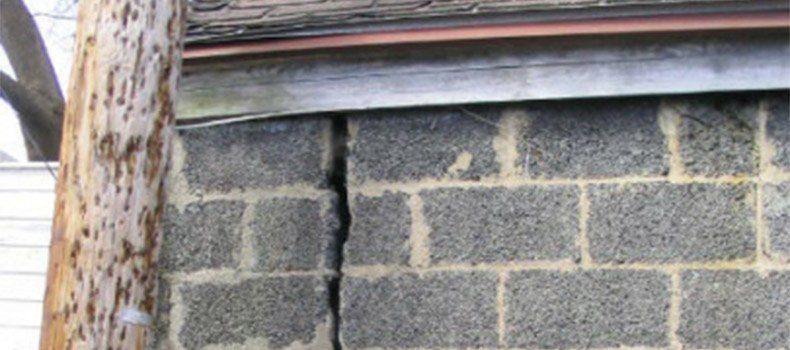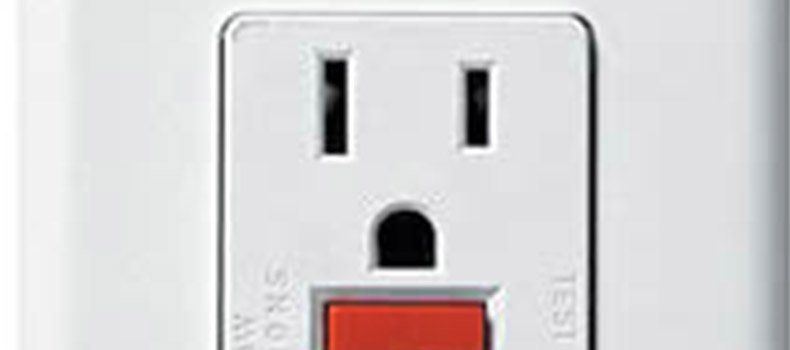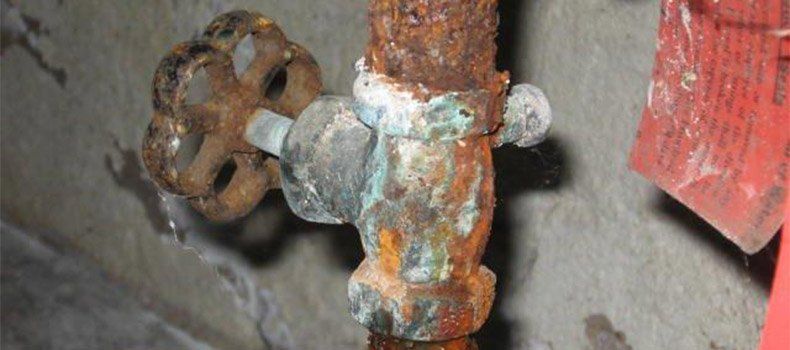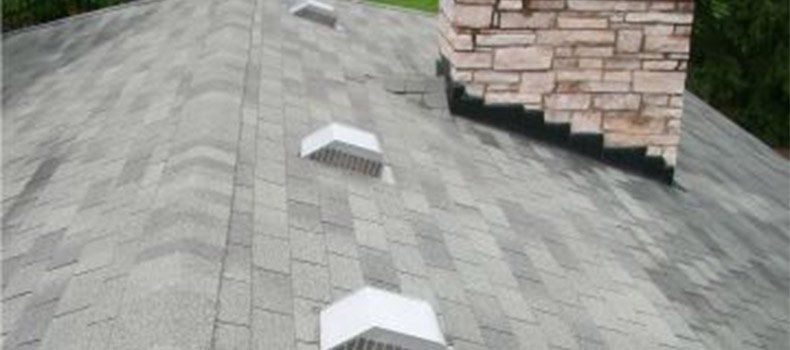The Premier Rochester NY Inspection Firm
Pro-Engineered Inspections
95 Allens Creek Road • Building 2, Suite 211 • Rochester, NY 14618
Sag & Settlement
Need an inspection?
Contact us to have your home or building inspected by a Licensed New York State Professional Engineer.
Is it Sag or Settlement?
In almost every building we inspect, there are cracks in walls and ceilings, if one looks hard enough. Most wood-framed structures have at least some floor slopes, kitchen counters that are not level, ridge lines of roofs that are not straight and level, and similar conditions. All of these are typical observations that one expects to see in homes. These are signs of aging, but can also be related to the quality of the materials and workmanship.
Many times, when walking through buildings with potential buyers, we hear, “So those cracks in the wall over there are just from settlement, right?”
Most often, the cracks and other signs of aging are due to “sag”, even though “settlement” can play a role.
For some reason, the word “settlement” does not scare people and strike fear into potential buyers as much as the word “sag” does. Perhaps this is due to the formal meanings of these words.
The word “settle”, in relation to buildings, means: “to cause to pack down”, “to sink gradually or to the bottom”, or “to become compact by sinking”. In other uses, the word “settle” can mean “to come to rest” or “to conclude a lawsuit by agreement”. In general, the word “settle” brings a feeling of peace, rest, and closure when heard by a potential buyer of property.
The word “sag”, on the other hand, has meanings that bring a feeling of “failure” and “decline”. These meanings include: “to droop or sink from pressure or loss of tautness”, “to lose firmness, resiliency, or vigor”, and “to decline especially from a thriving state”.
When we refer to “settlement” in an inspection report, we are usually describing a condition related to foundations and footers that are sinking (or that have sunk). Many cracks in basement foundation walls and cracks in the exterior masonry walls of buildings are related to “settlement”.
“Settlement” of foundations and footers can happen for several reasons. A lack of proper footer depth can lead to frost action (frost heave) moving footers up and down. Poorly compacted soil can settle and compact for many years, and cause footers and slabs to settle (mostly in the time period shortly after construction). Expansive clay soils can dry and shrink, leaving voids where footers and foundations settle.
Settlement can be minor, or it can be very significant. When it is minor, corrective actions are typically not required. When it is significant, corrective actions for settlement, such as foundation under-pinning, can be costly.
Technically, “settlement” should not be used interchangeably with the word “subsidence”, which refers to the ground reducing in elevation, such as from mines collapsing. Luckily, “subsidence” is not a typical problem in our geographic area.
“Settlement” can also cause cracks in interior walls and ceilings, but the more common causes of drywall and plaster cracks are “sag” and “compression”.
“Compression” could be considered a type of “settlement”. However, “compression” most often refers to a condition of vertical structural members in the house, such as piers, columns, posts and wall studs. Wood posts will compress to various degrees depending on quality of the wood, the load on the posts, the methods of installation, deterioration of the wood, and other factors. Wood beams can compress at the ends, where they bear on posts and piers, for similar reasons.
Most of the time, floor slopes and wall cracks are due to “sag” of the wood floor joists and wood beams. “Sag” is something that most of us cannot avoid as we get old. According to a British study, the average man loses seven-tenths of an inch in height over a twenty year period. Part of this height loss could be termed as “sag”.
Like us, buildings have to deal with gravity on a daily basis. Gravity is the main culprit when referring to “sag”. The weight of furnishings, people and the structure result in “sag” of wood structural members. Cracks in joists, poorly connected beams, undersized structural members, improperly installed plywood, rot, and insect damage are all other conspirators with gravity when it comes to sag.
So when is it right to say that the wall cracks are from “settlement”? Usually, an inspection of the foundation walls and support columns provides the answer. Most wall cracks on interior walls are from “sag” of floor joists and beams, or are from sag of wall framing. Large diagonal cracks in exterior walls are most often related to “settlement”.
Floor slopes towards the center of the house are most often from “sag” of joists and beams. This is not unusual. If severe, then reinforcements can often be made from below relatively easily. Floor slopes towards the exterior walls or corners of the house can be a sign of “settlement” of foundations. This can be a more serious (and more costly) situation to remedy.
Although “settlement” is viewed as the more comforting word to use when given an explanation for wall and ceiling cracks in houses, “sag” is the correct word more often than not. “Settlement” can actually be a more serious, and costly, condition to remedy.
You might also like
Get a quote or schedule an inspection today
Location
95 Allens Creek Road, Building 2, Suite 211
Rochester, NY 14618
Phone

Warren Engineering has been specializing in building and home inspections for over 45 years.
Our Services
Quick Links
Business Hours
Mon-Fri: 8:30am - 4:30pm
Sat-Sun (& holidays): 8:00am - 8:00pm
Appointments taken via phone 7 days a week
Warren Engineering. All Rights Reserved.




